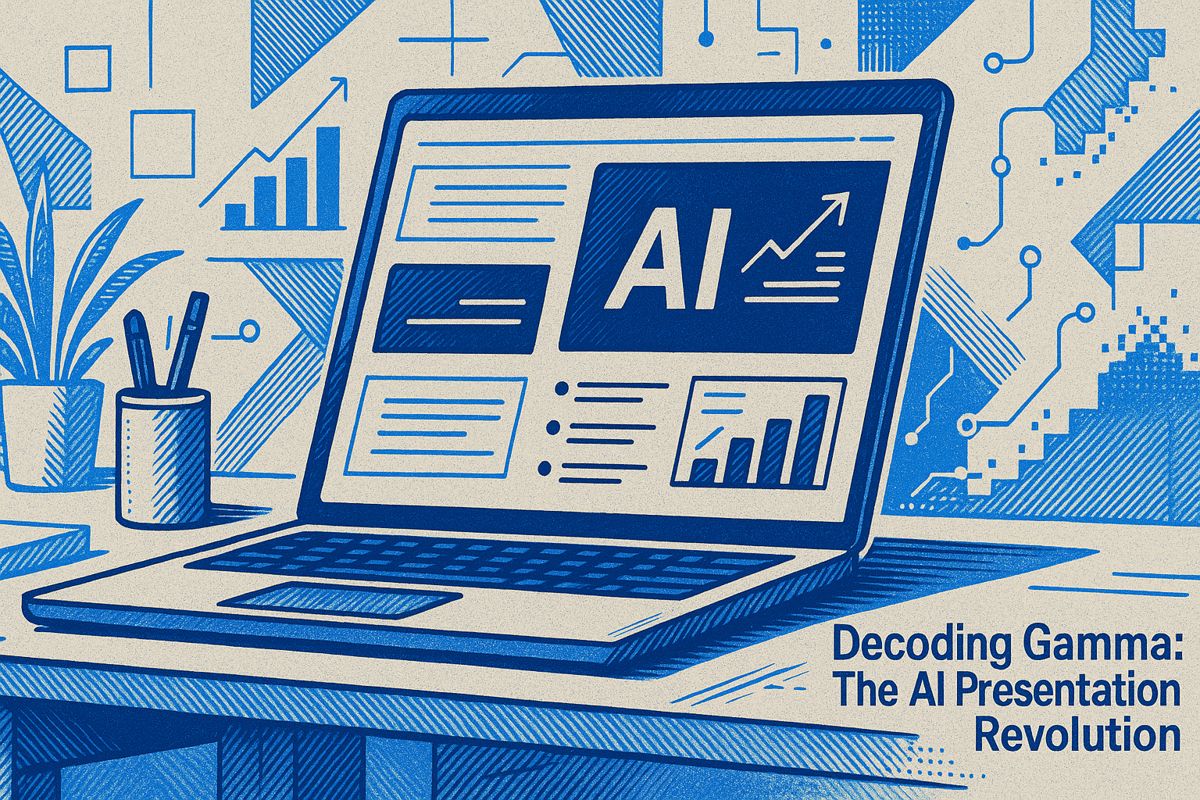In 2025, most big companies have started using AI, but many struggle to get real results beyond small test projects. The biggest problems are messy data, old computer systems, not enough skilled workers, and teams not working well together. The real wins come from using AI for behind-the-scenes tasks like handling invoices or fixing tech problems, not flashy chatbots. Teams with a clear plan and outside help are seeing much better success. As AI spending soars, companies that manage to fit AI smoothly into their daily work are pulling ahead fast.
What is preventing enterprises from achieving strong ROI with AI in 2025?
The main obstacles to AI ROI in enterprises are data quality and silos, difficulty integrating with legacy systems, shortage of AI talent, scaling fatigue from in-house builds, and C-suite friction. Companies with a formal AI strategy and external partners see higher success rates and faster ROI.
Enterprise AI adoption in 2025 has crossed an inflection point: seven in ten large companies now run at least one AI workload, yet only one in four have pushed intelligence beyond pilot islands. Spending is exploding, pilot disappointment is real, and a widening ROI canyon separates early movers from the rest.
Budgets balloon – so does pressure to prove value
According to the latest industry tracker, 88 % of enterprises devote more than 5 % of their IT budget to AI; more than half plan to double* * that slice within twelve months. At the upper end, CIOs tell researchers that what used to be an annual AI line item is now their weekly* * burn rate (a16z field survey).
| Forecast year | Global enterprise AI spend | YoY jump |
|---|---|---|
| 2025 | USD 360 billion | +60 % |
| 2026 | USD 480 billion | +33 % |
Behind the headline figure sits a sobering split: 74 % of firms say current initiatives meet or beat ROI expectations, but 95 % of generative-AI pilots are still failing to ship measurable business value, largely because of integration and learning gaps rather than model quality.
Where the money is landing
ROI today is concentrated in back-office automation – think invoice processing, procurement triage, or IT ticket resolution – not the customer-facing chatbots that grabbed early headlines. Capgemini’s cross-industry survey of 1,607 executives shows an average 1.7× return and 26–31 % operational-efficiency gains when AI is aimed at these “boring but critical” workflows.
| Function | Typical efficiency gain |
|---|---|
| Finance & accounting | 31 % |
| Supply-chain & procurement | 29 % |
| HR operations | 26 % |
Meanwhile, customer-facing generative AI remains an R&D playground: only 20 % of enterprises have rolled out such tools beyond limited pilots, but 80 % expect to do so by 2026 as integration pain points are solved.
The five choke points holding teams back
- Data quality & silos – Fragmented or dirty data undermines model reliability
- Legacy integration – Mainframes and on-prem ERPs still resist API-first AI
- Talent squeeze – Demand for prompt engineers, MLOps, and AI translators outstrips supply
- Scaling fatigue – Internally built solutions succeed just 33 % of the time vs 67 % for vendor-bought (MIT report)
- C-suite friction – 42 % of executives say AI adoption is driving internal division, with IT and business units pulling in different directions
What winning teams do differently
| Strategy element | Success rate |
|---|---|
| Formal AI strategy in place | 80 % |
| No documented strategy | 37 % |
| Vendor/partner-built core AI | 67 % |
| Entirely in-house build | 33 % |
Other patterns emerging:
- AI champions inside each business line smooth change management
- Low-code / no-code guardrails let non-technical staff fine-tune models safely
- Synthetic-data pipelines patch cold-start gaps without breaching privacy rules
Workforce: augmentation first, replacement later
Generative AI is boosting junior-staff productivity by 20–30 % and senior-staff output by 10–15 %, but roles are shifting rather than vanishing. Enterprises that pair tool roll-outs with reskilling budgets see 45 % faster payback on AI investments.
What to watch next (2025-2026)
- Autonomous AI agents handling multi-step customer journeys end-to-end
- SaaS-embedded gen AI (think Salesforce, ServiceNow, Workday) reducing build-vs-buy friction
- Industry-specific LLMs fine-tuned on regulated data (healthcare trials, finance contracts)
- Responsible-AI dashboards moving from compliance checkbox to competitive differentiator
Bottom line: the enterprise AI race has moved from “can we train a model?” to “can we wire it into daily operations without breaking process, culture or compliance?” Companies that solve integration and change management first are widening the ROI gap by the quarter.
Why do 95 % of generative-AI pilots fail to reach production?
According to the latest MIT findings, the primary cause is not model quality but an organizational “learning gap”. Data silos, fragmented systems and scarce talent create integration bottlenecks long before the code is ready to scale. Early movers solve this by buying specialized vendor solutions, which succeed 67 % of the time, versus only 33 % for in-house builds – a stark reminder that partnership often beats pure DIY ambition.
Which industries are already seeing a 1.7× ROI from enterprise AI?
Capgemini’s 2025 survey of 1,607 senior executives shows that supply-chain and procurement, finance & accounting, HR operations and customer operations are the four functions delivering the highest gains. Companies in these domains report an average 26–31 % jump in operational efficiency and, in some cases, 40–45 % faster task completion and error reduction. Back-office automation is quietly outpacing flashier front-office pilots when it comes to real dollars returned.
How fast are AI budgets growing in 2025-2026?
Global enterprise AI spending is projected to surge 60 % in 2025 to USD 360 billion, then rise another 33 % in 2026 to USD 480 billion (UBS CIO survey). Inside individual firms, 88 % of enterprises already devote more than 5 % of their IT budget to AI, and more than half plan to double that allocation within the next twelve months. Weekly AI burn rates that once matched annual figures are now common parlance in CIO war-rooms.
What practical steps close the pilot-to-production gap?
Best-practice organizations treat scale-up as a people-first, data-second exercise:
- Standards: Document and enforce uniform data-capture formats from day one.
- Pipelines: Automate validation, cleaning and augmentation in real time; centralize data in a governed lake.
- Integration: Use vendor platforms with pre-built connectors to legacy systems – this alone lifts success odds to 67 %.
- Change management: Embed “AI champions” in every business unit and involve end users in model-tuning sprints to cut adoption friction.
What are the next customer-facing AI trends for 2025-2026?
Look beyond chatbots. Enterprises are moving toward:
- Hyper-personalized marketing that boosts email transaction rates six-fold.
- Proactive support where AI resolves issues before the customer asks.
- Agentic AI that autonomously handles campaign creation, coding tasks and bespoke outreach.
By 2026, Gartner predicts more than 80 % of companies will have deployed customer-facing generative AI applications or APIs, up from just 5 % in 2023.



















